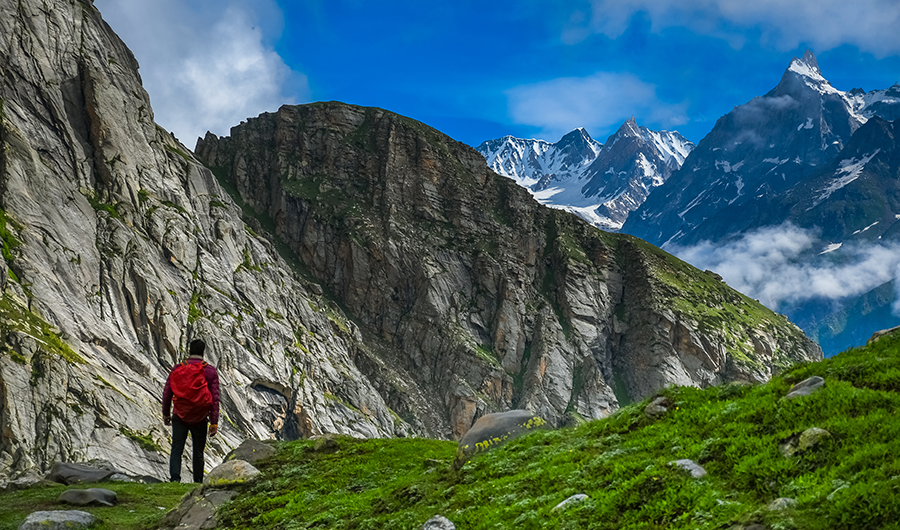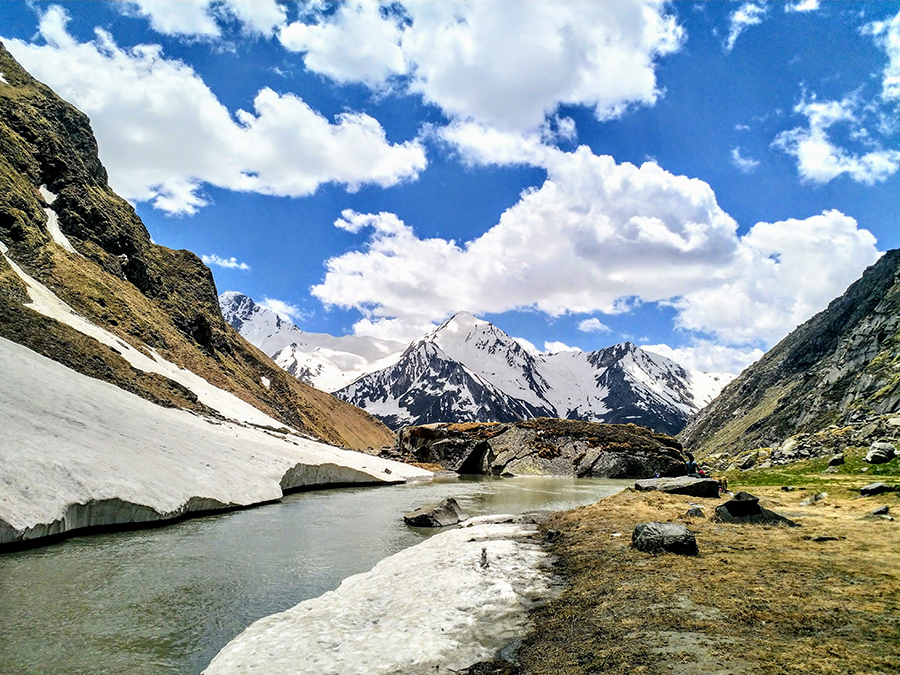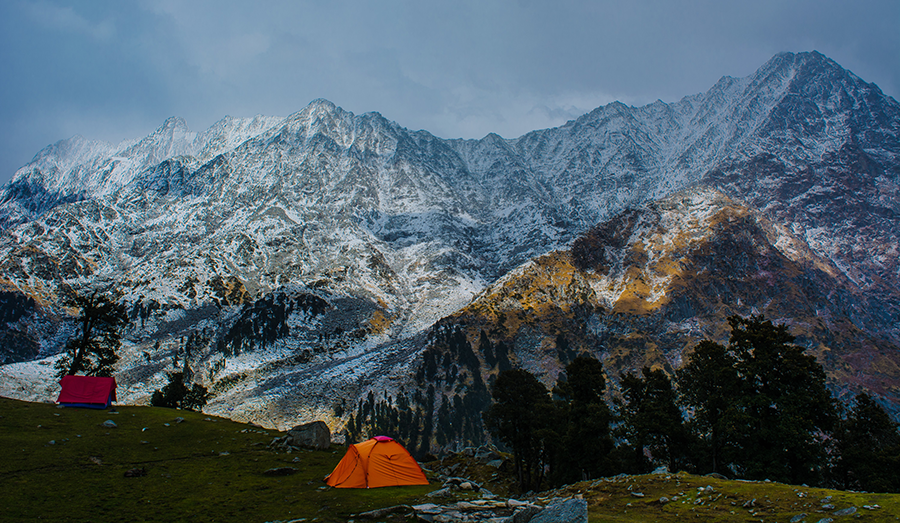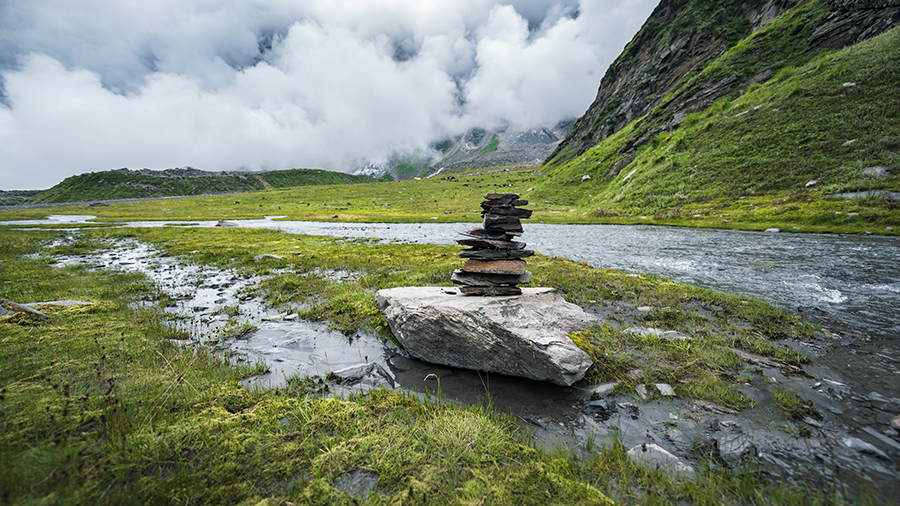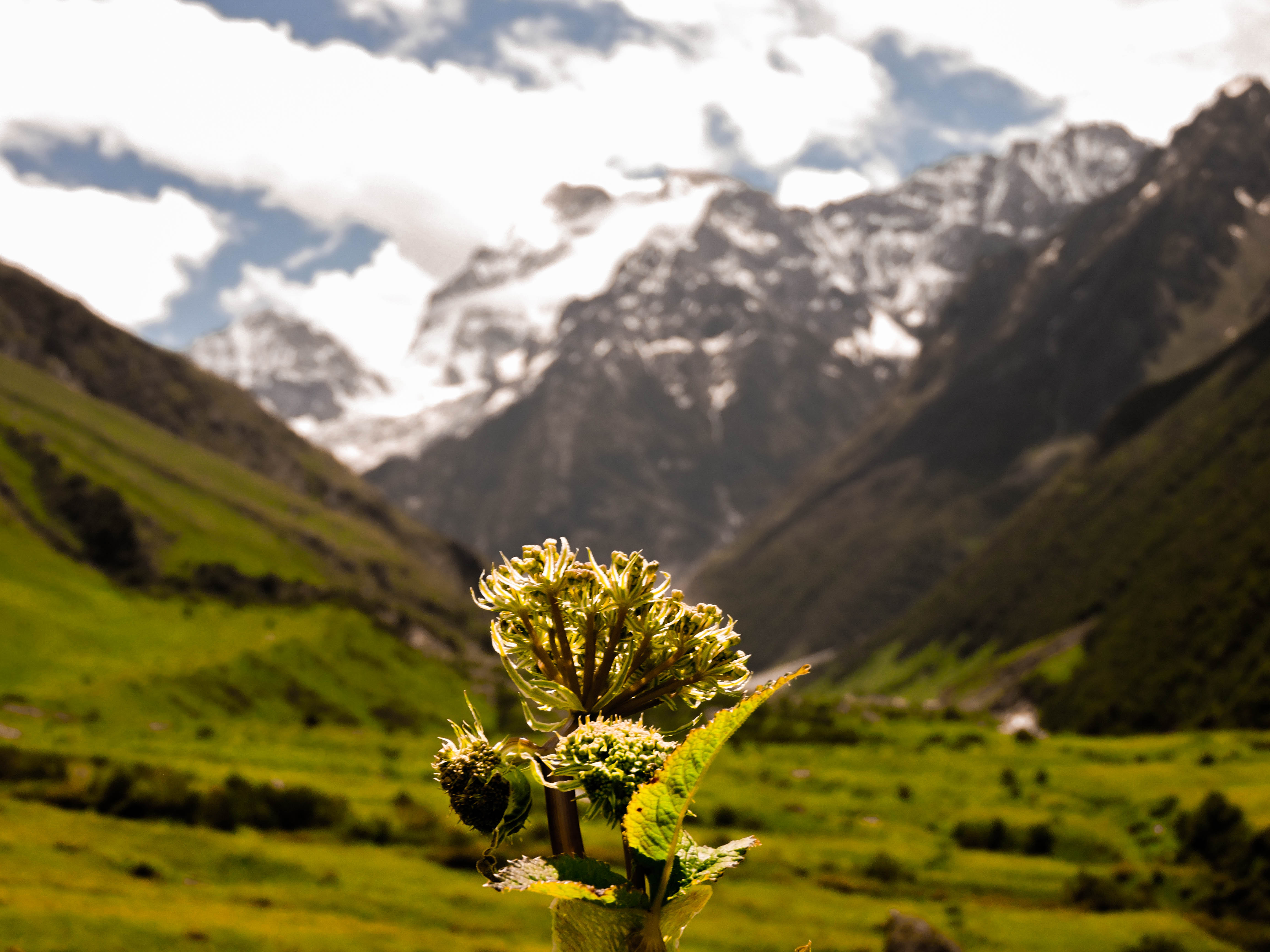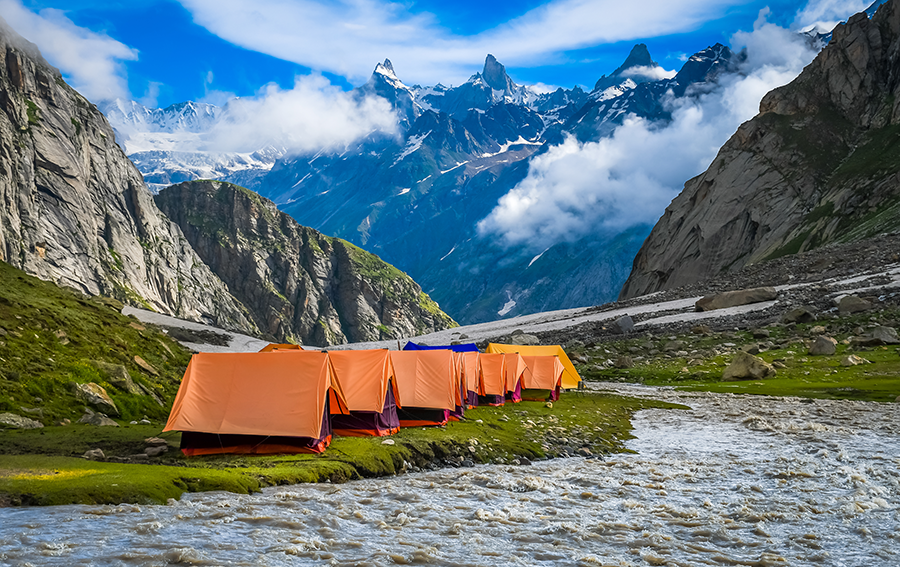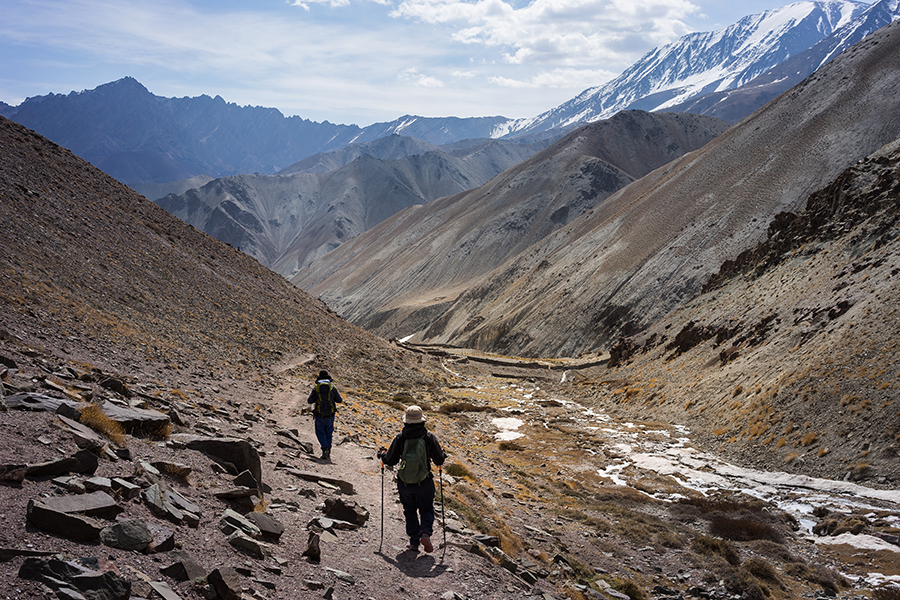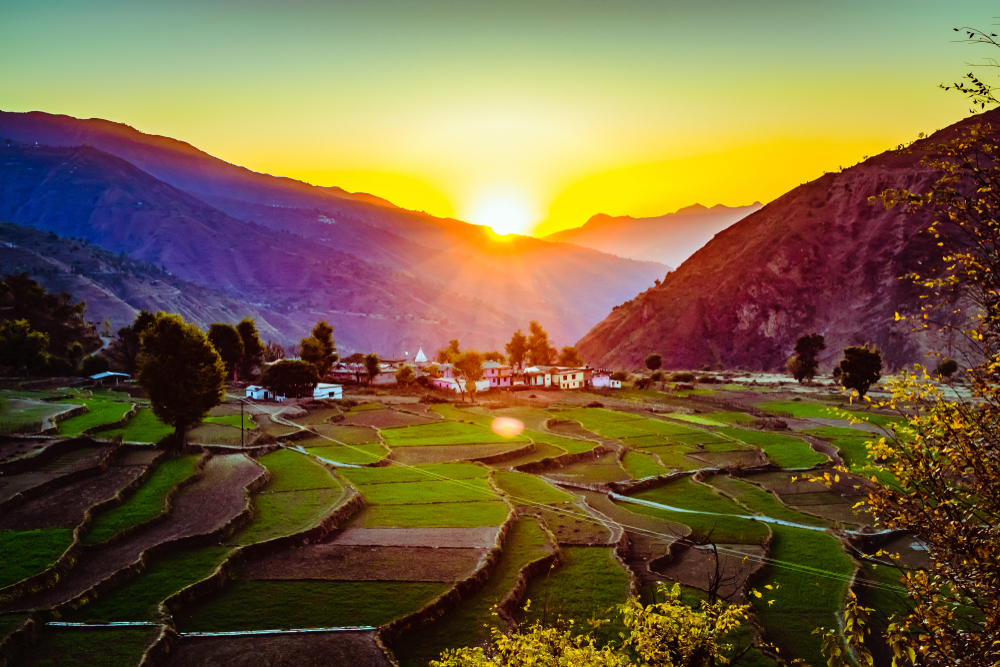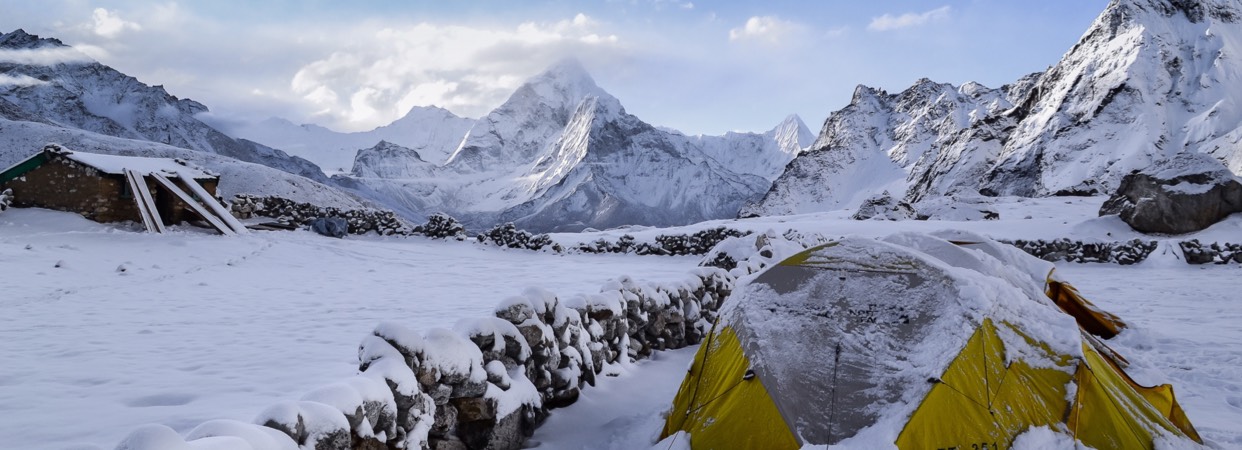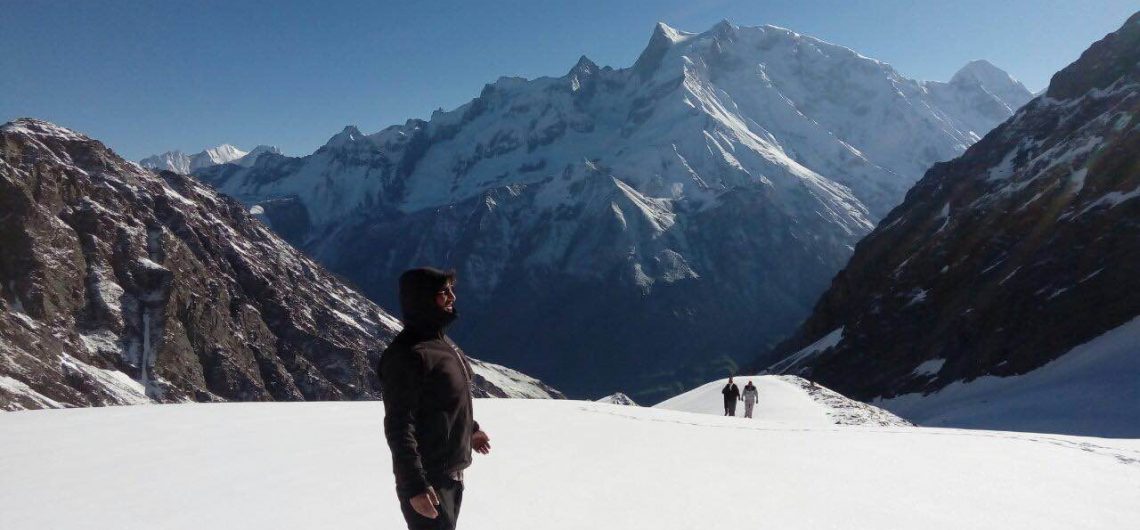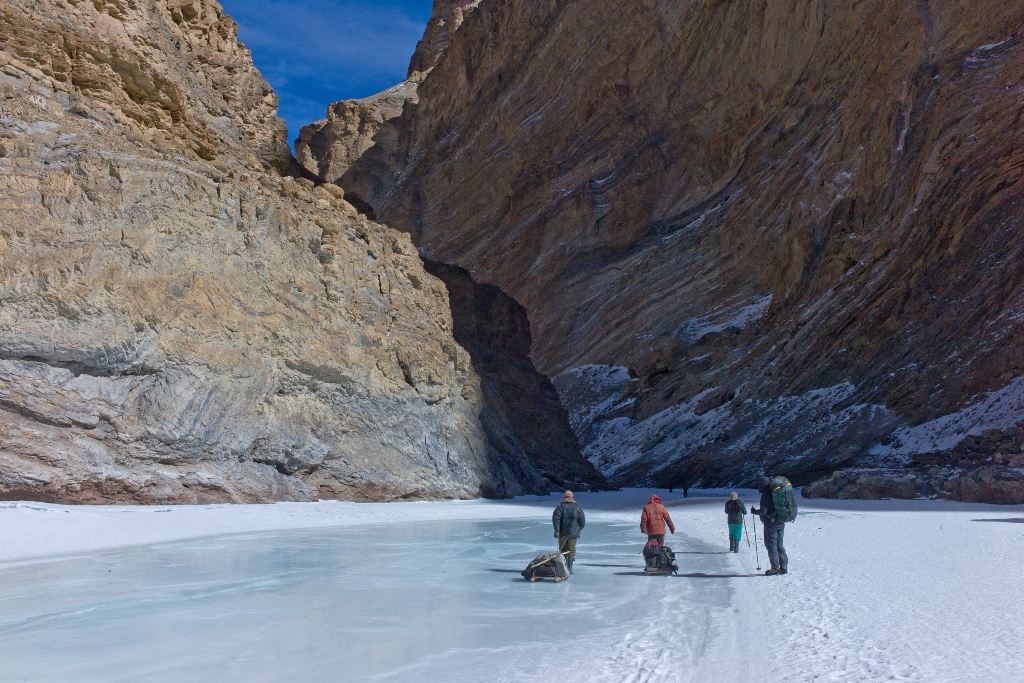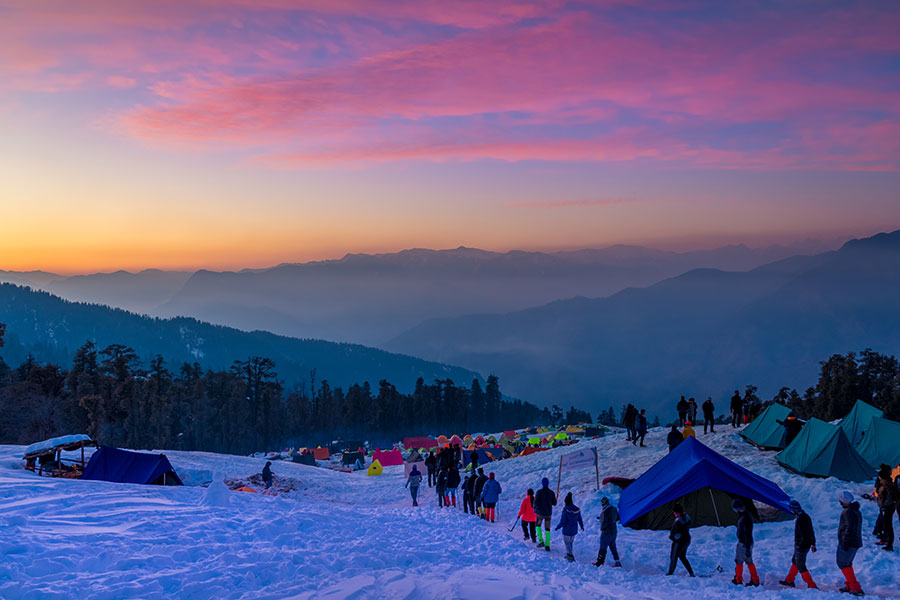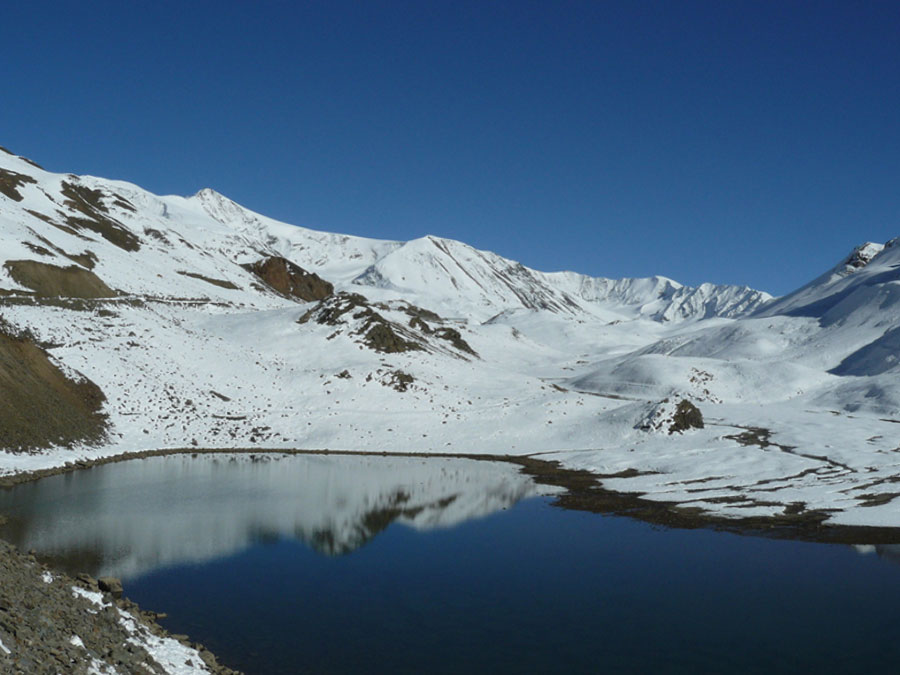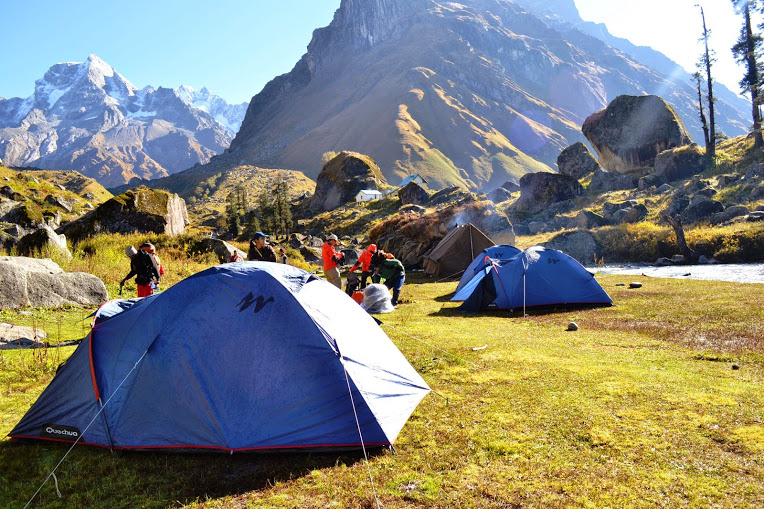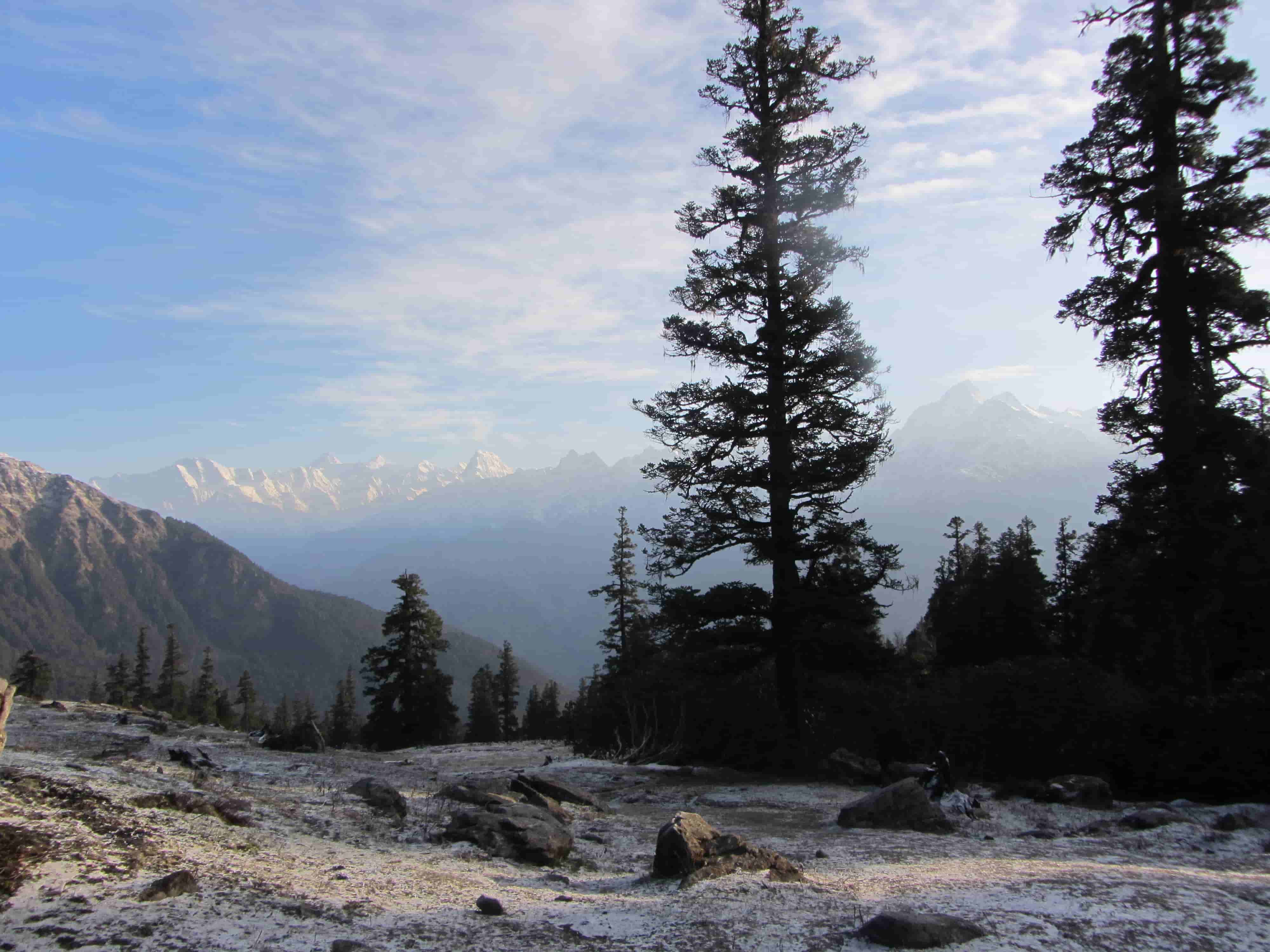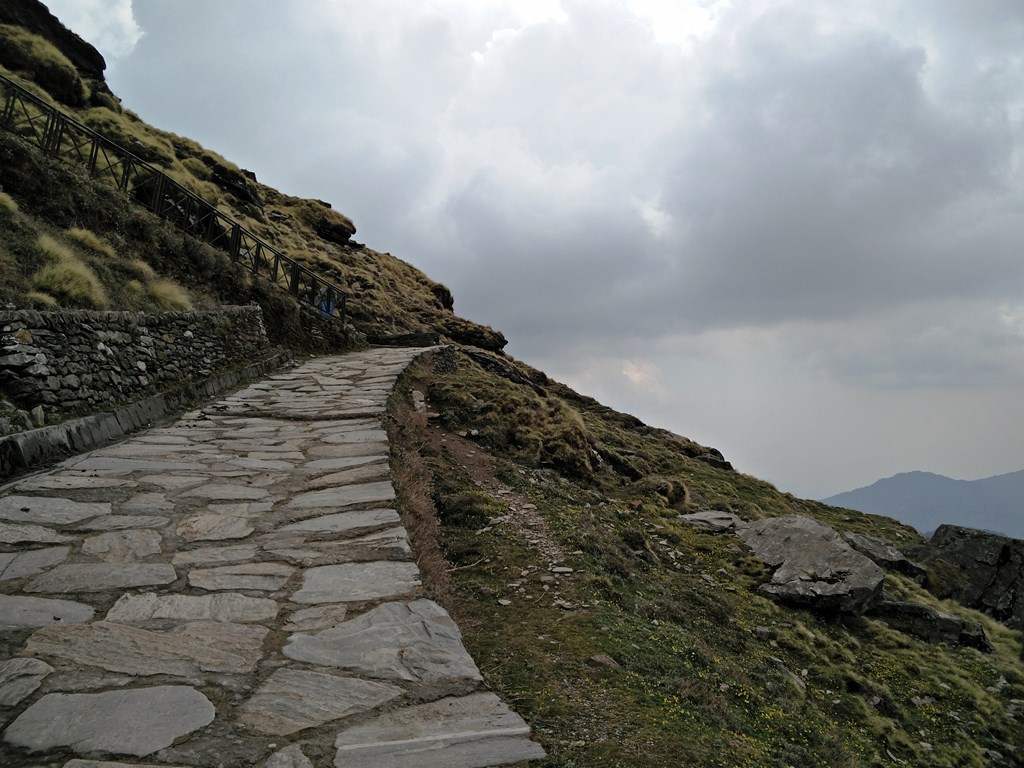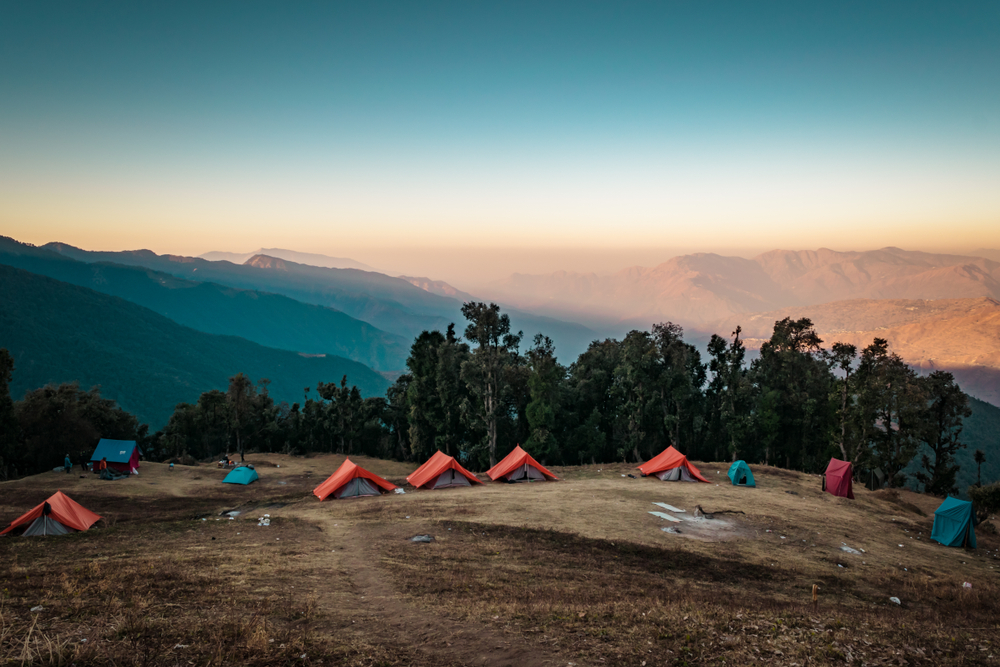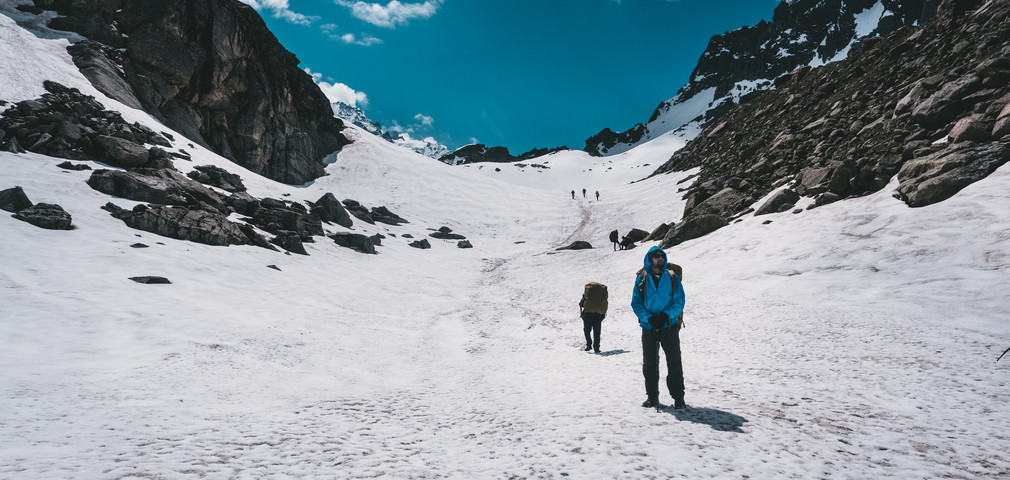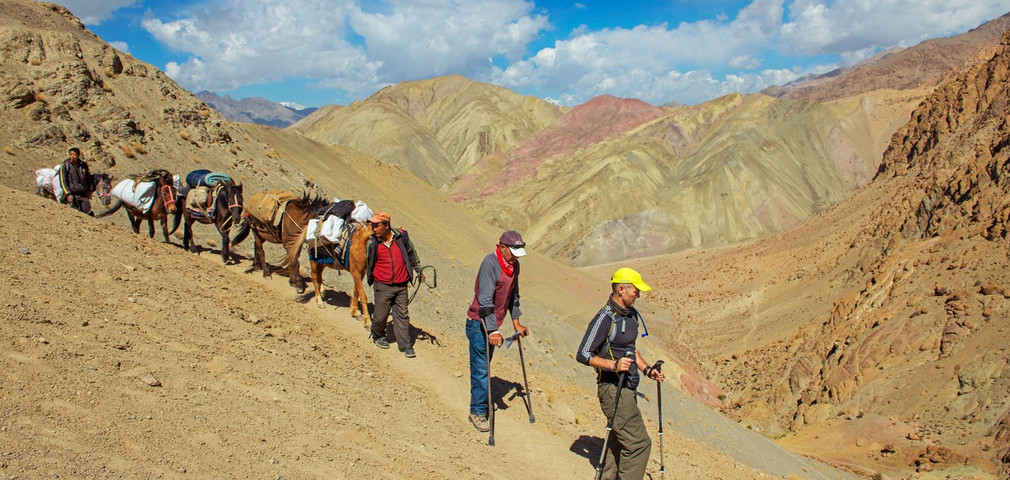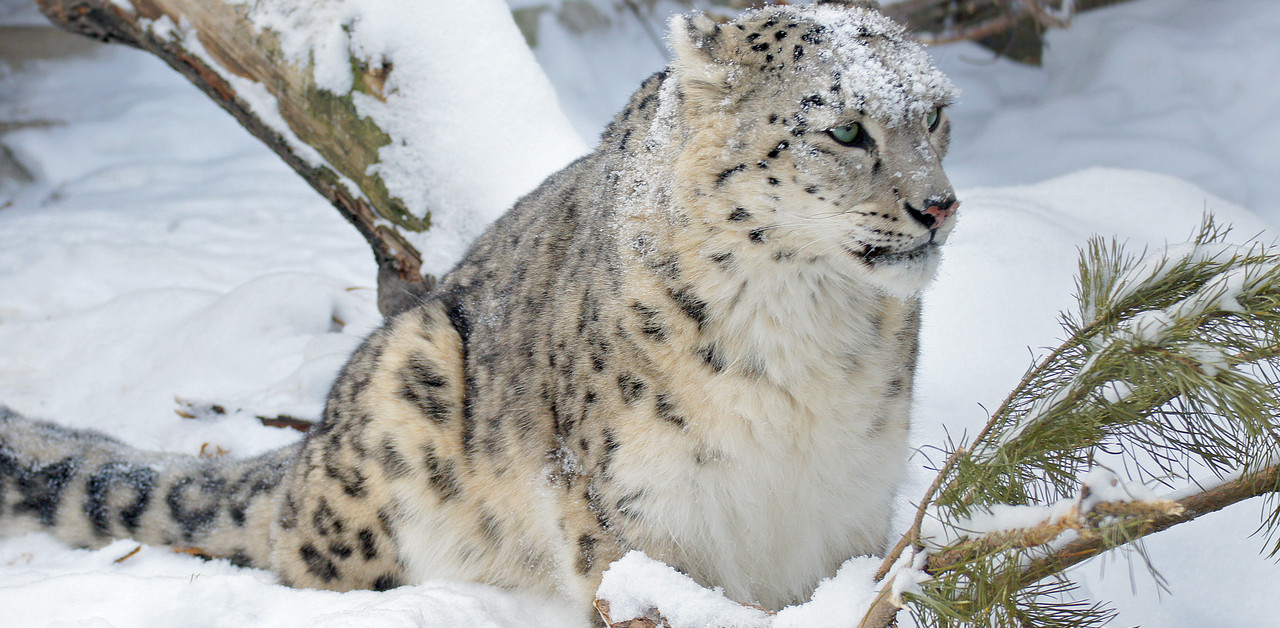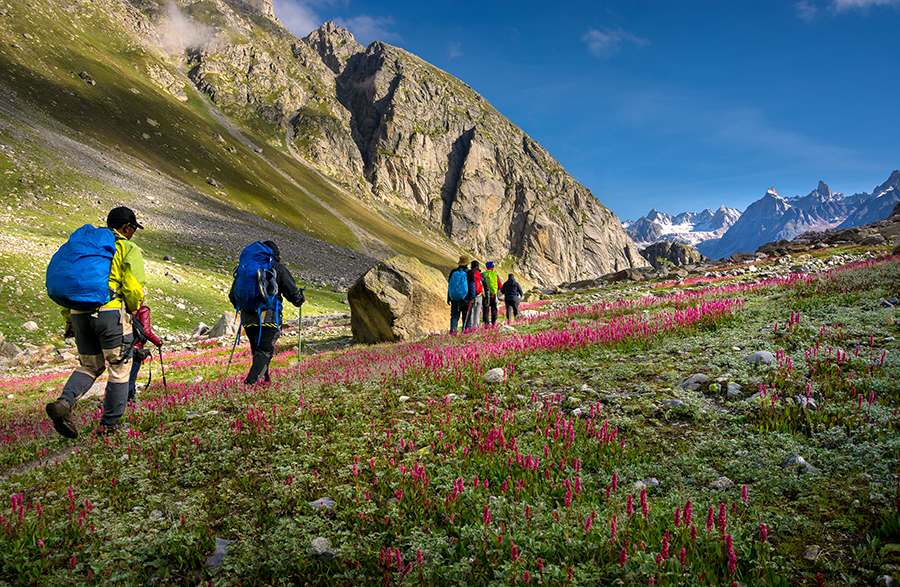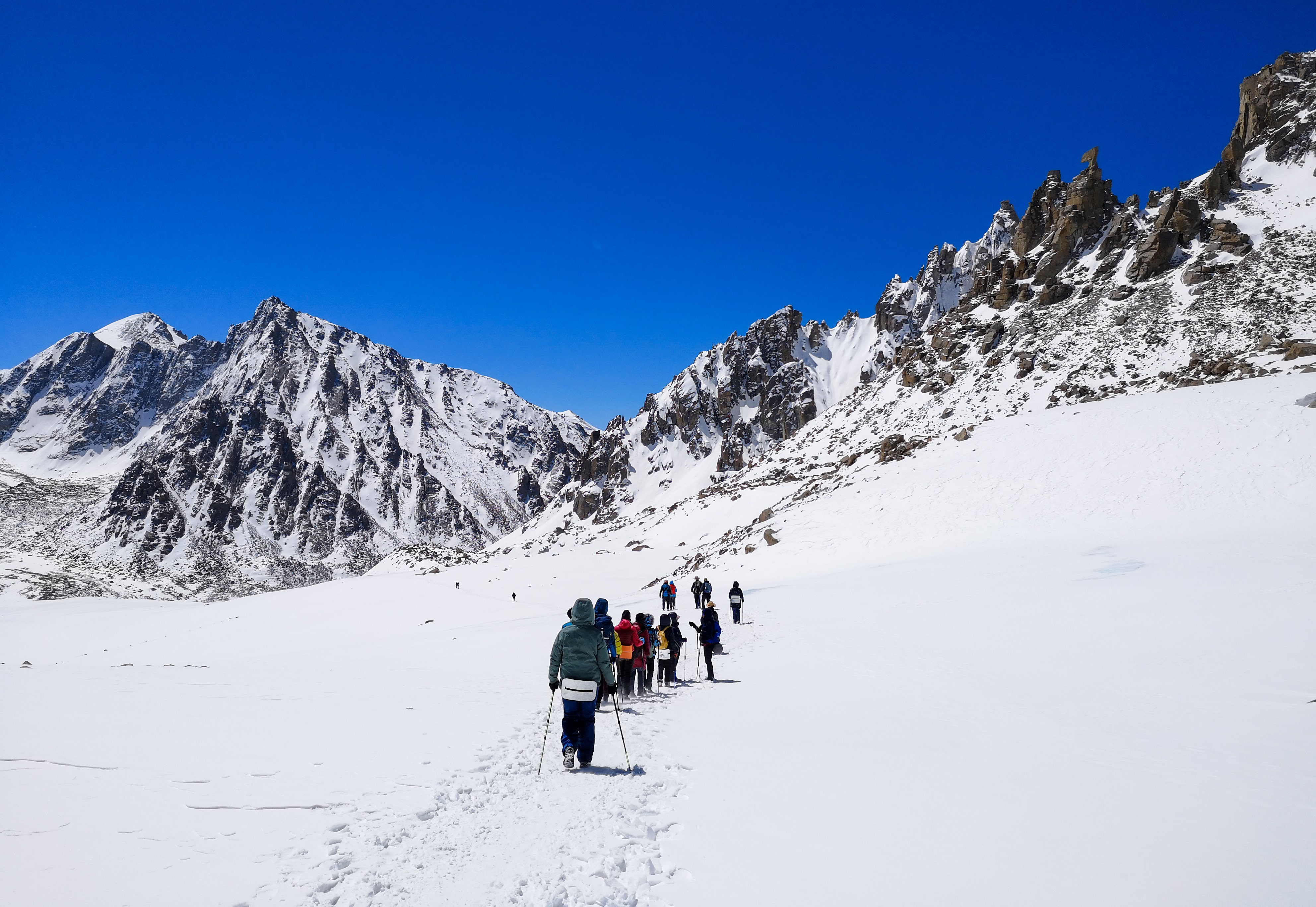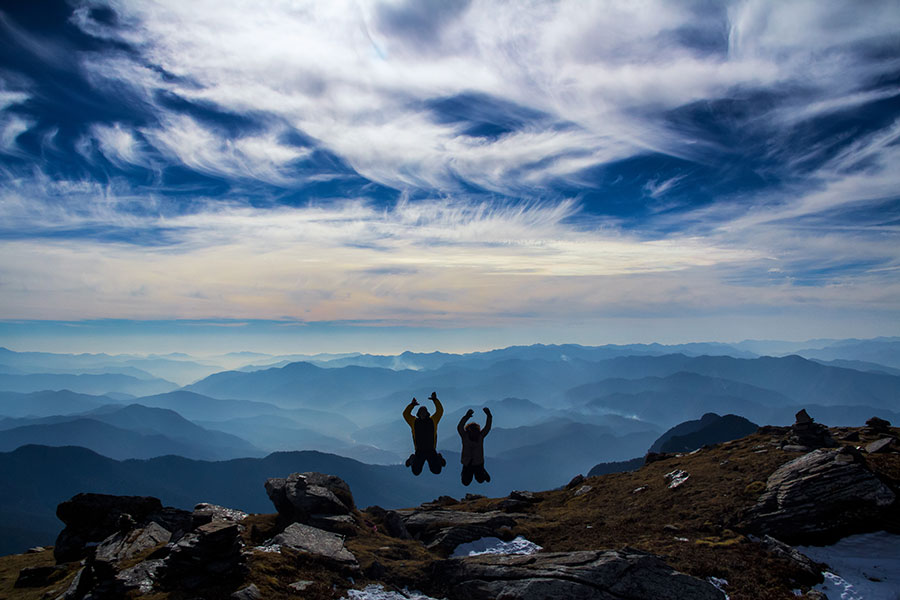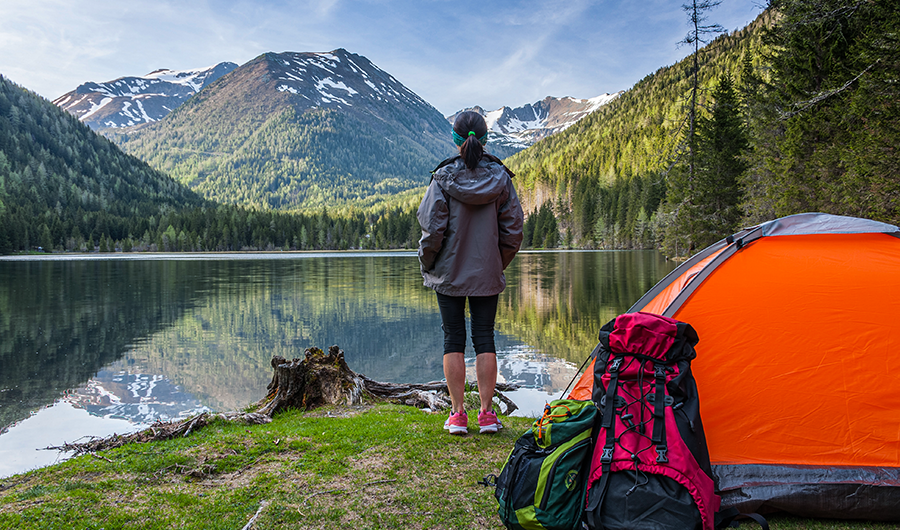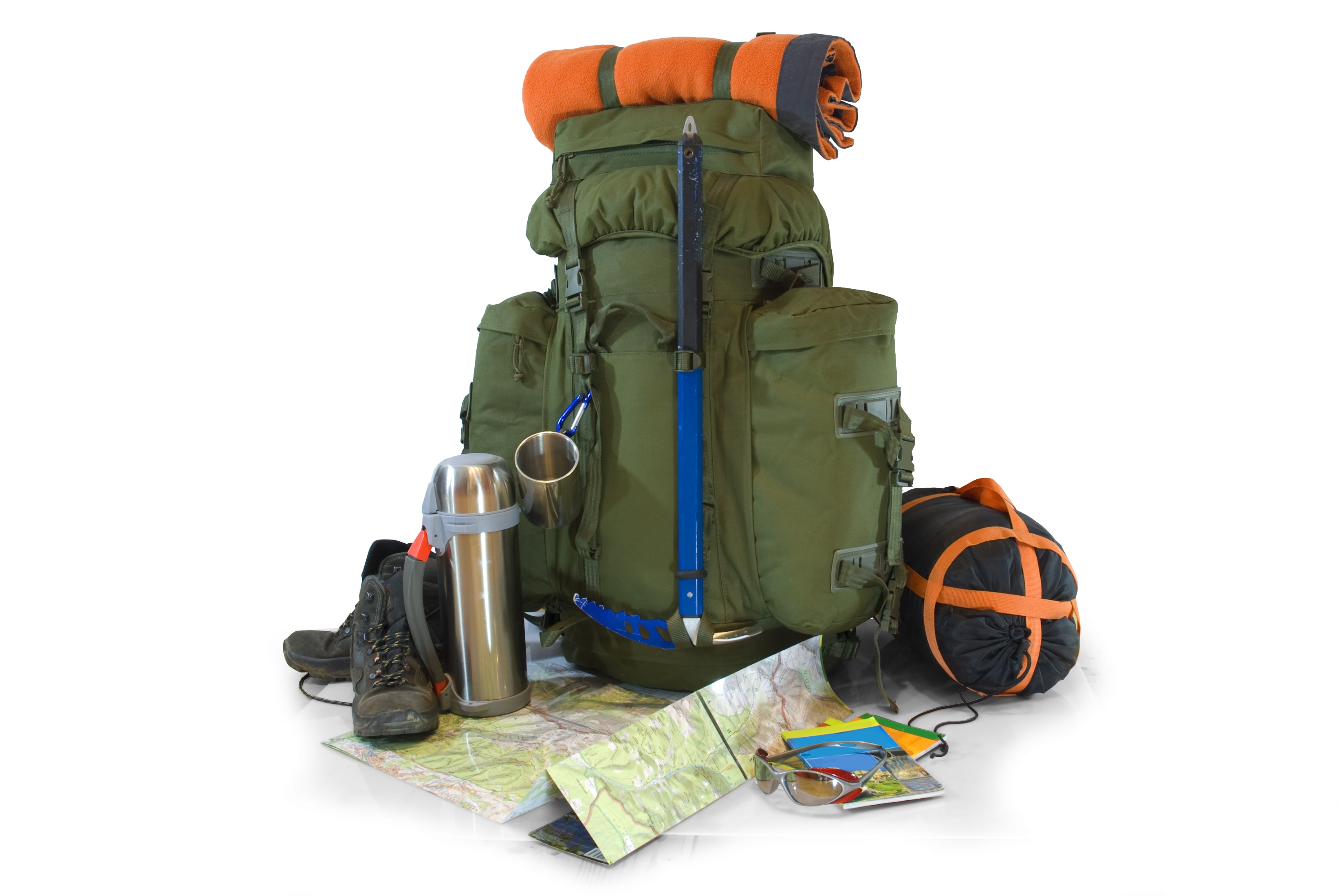2. Own Crockeries
Post this pandemic situation, the biggest worry in the back of mind while eating in a campsite would be about the hygiene of the crockeries used. An alternative solution could be using disposable crockery, which can become a disaster when it comes to waste management in the wilderness. The sustainable and safe solution is carrying your own reusable crockery (Plate, Spork, Lunchbox and Bowl). This will be your personal which can be reused after washing, on your every trip to wilderness and nature for years.
3. Campsites for self camping

It is commonly agreed by the industry experts that post-pandemic, people would prefer to travel in small groups composed of close family members or friends in their vehicles or privately hired vehicles. When the camping gear and crockery are easily accessible and owned, then self camping would be the best way to be safe and away from the crowd. The concept of camping will evolve for better and many open campsites will emerge to cater to the need. Many of the previously operated assisted camps would also open up their space for people to camp on their own.
4. Explore More Outdoor Activities

Most surveys reveal that post-pandemic people would want to go to open less crowded places in a small group. This would be possible only by involving in an outdoor adventure like trekking, camping, kayaking, scuba diving, paragliding, surfing etc. Gyms, Swimming pools and cinema halls will be of less popular options.
Explore Popular Treks in India
Exploring more and different adventure sports will give an idea which sport suits the best for each individual. Once that is understood it is obvious to take that particular sport seriously and make it part of life. Having command over an adventure sport allows exploring more remote and beautiful places in the world away from the crowd and chaos. There are many sports to explore and to develop command over it, like, mountaineering, rock climbing, trekking, kayaking, sailing, paragliding, scuba diving just to name a few.
5. RV (Recreational Vehicle) or Campervan Culture
People ready to travel once it’s safe would prefer RV’s if it’s readily available and its associated logistics are in place. RV’s give a sense of adventure and safety, as once sanitised and cleaned properly the whole trip can be covered worry less. Being a private vehicle external contamination is very minimal and the stress of choosing different hygienic accommodation, in different destinations of a trip becomes irrelevant. The culture of RV touring which was not popular in India will soon catch up. It would be a very convenient option for both domestic travellers and later even for international travellers.
6. Watersports To Get Popular
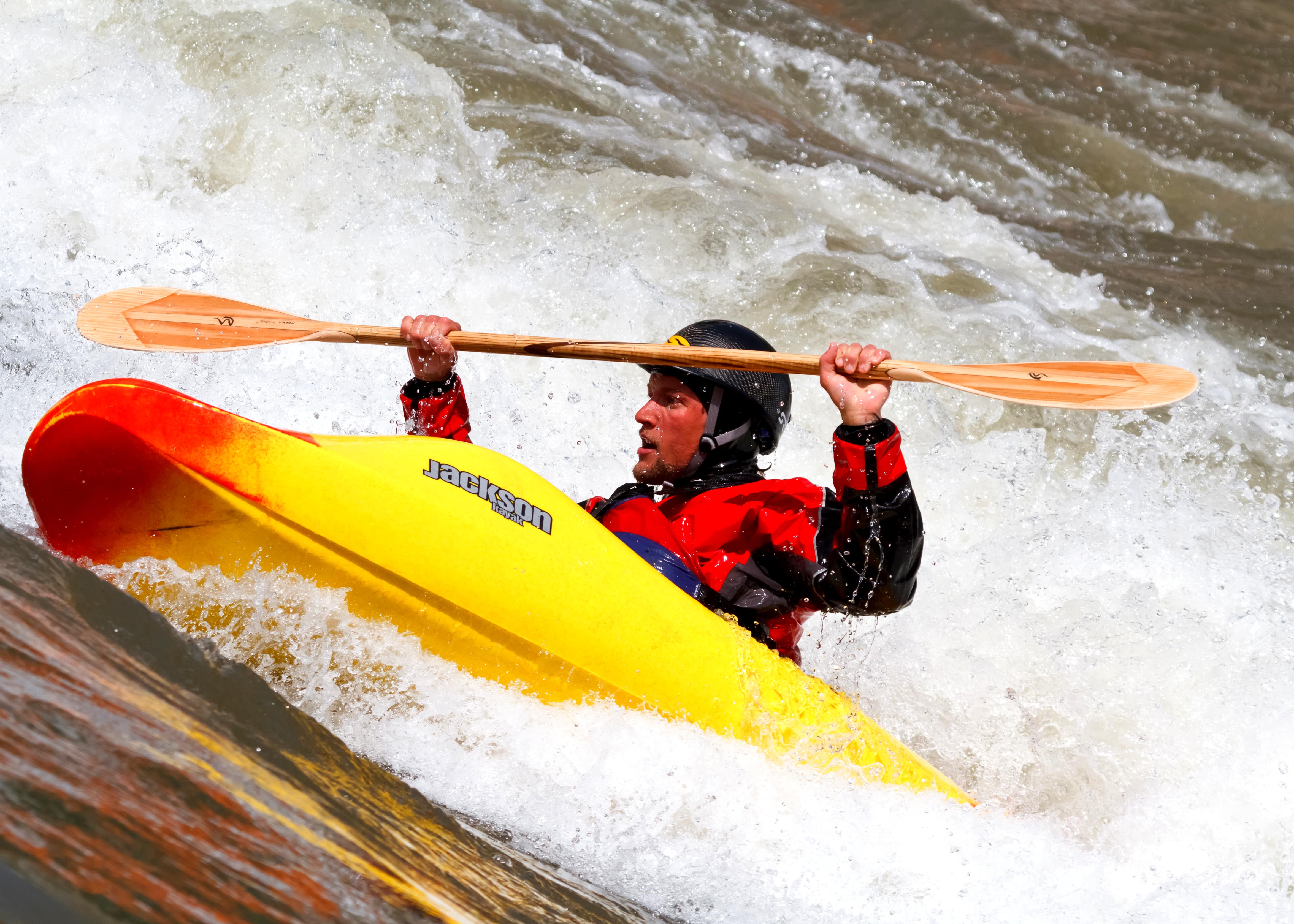
India, though having diverse geographical and climatic features, watersports did not catch up with general travellers to its full potential. When travelling becomes safe again, people would love to go to less crowded places closer to their home avoiding public transportation. For people living in many parts of our country water bodies would be more viable options than the mountains. Rivers, lakes, backwaters, lagoons, ocean and beaches viable for watersports will be the preferred travel destinations. Adventure sports with easy or short learning curves would get popular very soon. Paddlesports like, Stand Up Paddling, Kayaking, Canoeing and rafting would likely get more attraction followed by surfing, sailing and scuba diving.
7. Awareness of Outdoor and Adventure activities
In the new normal life post-pandemic, when outdoor activities and adventure travel become the popular way of travel, the awareness around adventure ethos and sustainable travel operations become very important. There would be lots of awareness generation by every organisation related to adventure travel, which in turn make the whole concept more popular.
Adventure Travel in India will evolve for better
Now, it may not be clear when exactly is it going to be safe to start travelling or when exactly it will be the new normal for adventure travel. But one thing is clear, adventure being closest to nature and most of the time far away from crowded places, this is the one kind of travel which can be carried out with much confidence. As it says, “Survival of the Fittest”, the survival of this industry also depends on how fast the industry is evolving to become the fittest to receive the guests by giving them safe, hygienic and deeper adventure experience. It is also imperative that the outdoor and adventure companies do all it takes for the guest safety and to provide confidence to the travellers so that they can entrust their life and travel dreams to them.
When travel becomes safe and we are on the other side of this pandemic, sustainable and ethical travel needs to be the priority of both traveller and travel company. Every adventure operator’s priority needs to be the traveller’s safety and providing meaningful experiences. The mass tourism with hundreds of people on a trail or a campsite has to be replaced with smaller closed groups who can appreciate nature and the adventure activity itself. The pricing of the adventures must reflect the quality, safety and value addition in an experience rather than just being a deal; conscious understanding of this must be there with both the traveller and the adventure company.

